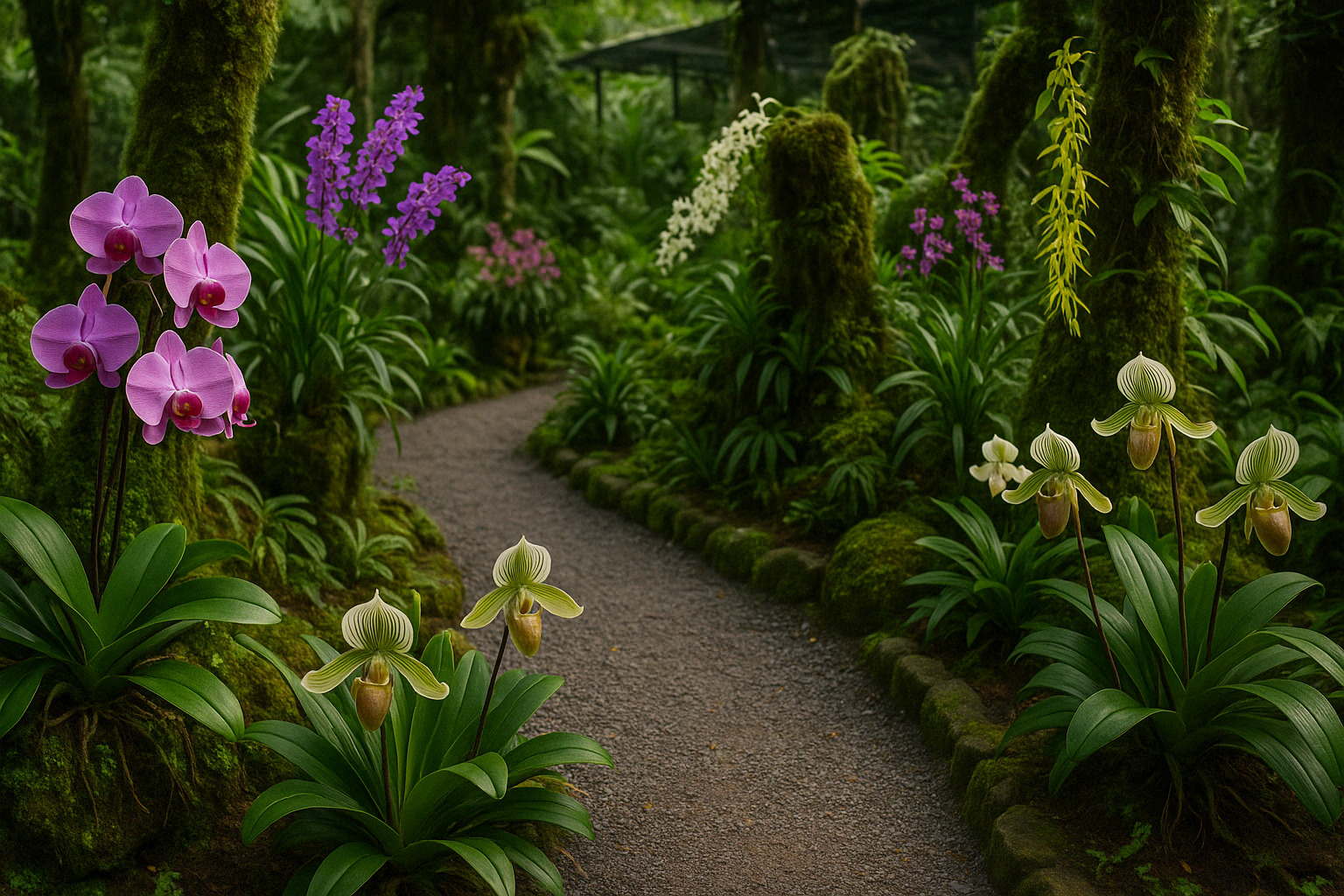Tucked along the scenic trails of Kenyir Lake lies a vibrant sanctuary for orchid lovers and plant enthusiasts. The Orchid Garden is not just a side stop—it’s a curated journey through color, texture, and botanical artistry. Whether you’re a nature photographer, a hobbyist, or simply drawn to natural beauty, the garden offers layers of interest through its living exhibits. What makes this garden worth a dedicated walk? The answer lies in the species, the surprises, and the way it interacts with the landscape around it.
What Makes the Orchid Garden Stand Out
Unlike traditional gardens, Kenyir’s Orchid Garden doesn’t crowd its flowers into rows. Each section mirrors the native environment of the orchids it houses. You won’t just see blooms in neat pots—you’ll pass vertical moss walls, hanging roots, and trellis frameworks that mimic jungle canopies.
Key features include:
- Natural landscaping: Paths wind through rocky outcrops, shaded alcoves, and humidity-controlled zones.
- Elevated walkways: Perfect vantage points for delicate species often growing above ground.
- Interpretive signage: Quick reads beside each section tell you where the orchid originates, how it survives, and what pollinates it.
Species That Catch the Eye
Kenyir’s Orchid Garden hosts over 200 species, with a sharp focus on local and Southeast Asian varieties. Here are some of the must-see blooms:
1. Vanda coerulea
Often called the Blue Vanda, this orchid flaunts large, violet-blue petals with grid-like veining. Found in higher altitudes, it thrives in hanging baskets within the cooler corner of the garden.
2. Paphiopedilum barbatum
Known as the Bearded Slipper Orchid, it boasts dark maroon petals and a slipper-like pouch. Its complex shape draws plenty of attention from macro lens photographers.
3. Dendrobium anosmum
Scented and striking, this orchid releases a sweet fragrance that follows you down the trail. Long, pendulous stems bloom in soft pink clusters.
4. Bulbophyllum medusae
One of the most bizarre in the collection, its spider-leg-like petals resemble a fringe curtain. It blooms from the base of trees and loves filtered light.
5. Phalaenopsis gigantea
The largest of its kind, this moth orchid spreads giant leaves across the ground like wings. Its cascading flowers come in cream and spotted maroon patterns.
Planning Around the Bloom Calendar
While the garden is open year-round, not all species bloom at the same time. Some orchids, like Rhynchostylis retusa, make a brief appearance during the early rainy season, while others wait for drier conditions. Visitors can use week numbers to track bloom schedules, helping them plan the best time to witness rare species in full color.
Tips for the Walk
- Early morning is the best time to visit for lighting and active pollinators.
- Wear shoes with a good grip—the garden uses natural stones and wooden planks, which can get slippery.
- Bring a macro lens if you’re into photography. Many flowers have fine details not visible to the naked eye.
- Don’t touch the orchids. Many are sensitive to oils and pressure.
Beyond the Flowers
Keep your eyes open for birds and butterflies. The garden design encourages cross-species interaction. You might catch a sunbird sipping nectar or a rare butterfly landing for a moment on a petal. Some orchids, such as Aerides odorata, rely on specific moths or bees for pollination, making each sighting part of a larger ecological story.
A walk through the Orchid Garden isn’t just a visual experience—it’s a quiet lesson in biodiversity, balance, and adaptation. Each curve in the path reveals a new shape, color, or story worth pausing for.
